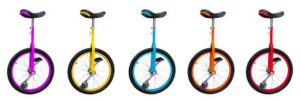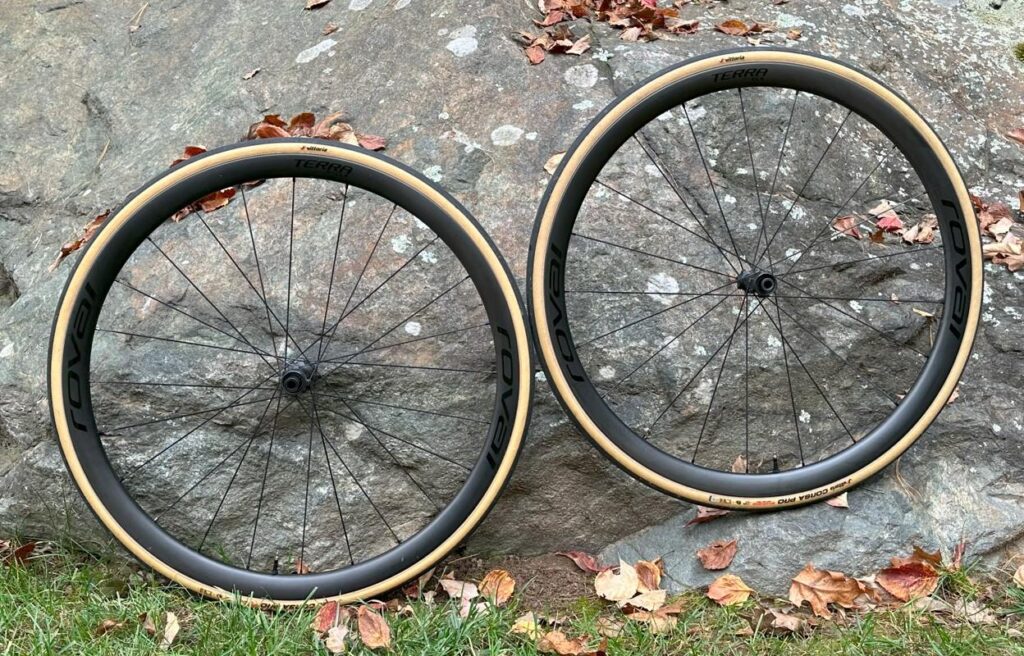Title: Revolutionizing Climbing: The Best Lightweight Wheels for Faster Ascent
As cyclists continually seek ways to enhance their performance on steep climbs, the quest for the perfect lightweight wheel has never been more critical. Touted as a game-changer for road cyclists and mountain bikers alike, lightweight wheels promise not only improved speed but also increased agility on challenging terrain. With advancements in materials and engineering, today’s best lightweight wheels go beyond mere weight reduction; they offer superior aerodynamics, stiffness, and durability. In this article, we delve into the top contenders on the market, examining how their innovative designs can help riders conquer the mountains with greater ease and efficiency. As the cycling community gears up for the next competitive season, understanding the impact of wheel weight on climbing performance is essential for both amateurs and professionals striving for their personal bests.
Choosing the Right Materials for Optimal Performance in Lightweight Wheels
For cyclists seeking to enhance their performance on steep climbs, the selection of materials for lightweight wheels is critical. Commonly used materials that contribute to weight reduction include carbon fiber and aluminum alloys. Each brings its own set of benefits and drawbacks. Carbon fiber, while being lightweight and offering superior aerodynamics, tends to be more expensive and less durable under high-stress conditions. On the other hand, aluminum alloys provide a balance of strength, affordability, and acceptable weight, making them a popular choice among avid cyclists. Understanding the nuances between these materials can aid riders in making informed decisions aligned with their riding style and endurance goals.
When assessing potential wheelsets, cyclists should consider not only the weight but also factors such as stiffness, strength, and aerodynamics. Here are essential attributes to evaluate when selecting materials:
- Weight: Lighter wheels reduce overall bike weight, improving acceleration and climbing efficiency.
- Stiffness: A stiffer wheel transfers power better, enhancing responsiveness.
- Aerodynamics: Streamlined designs minimize drag, allowing for better speed on descents and flats.
Additionally, factors such as rim profile and spoke count should be examined as they can influence the overall performance of the wheelset. Below is a brief comparison table of common wheel materials:
| Material | Weight (g) | Durability | Cost ($) |
|---|---|---|---|
| Carbon Fiber | 1400 | Moderate | High |
| Aluminum Alloy | 1600 | High | Moderate |
| Magnesium | 1500 | Moderate | Moderate |
Expert Insights on the Latest Innovations in Wheel Design for Climbing
Recent advancements in wheel design are revolutionizing the climbing experience, with a strong focus on achieving lower weight without compromising strength or performance. Engineers and designers have leveraged cutting-edge materials and manufacturing techniques to produce ultralight climbing wheels that enhance the overall efficiency of the climb. This shift in engineering emphasis allows climbers to enjoy:
- Increased Acceleration: Lightweight designs facilitate quicker starts and better responsiveness on technical ascents.
- Improved Agility: The reduction in weight contributes to enhanced maneuverability while traversing challenging terrains.
- Durability: Innovations in composites and construction methods ensure that these lighter wheels can withstand the rigors of climbing while maintaining their integrity.
Prominent manufacturers are making strides in this sphere, engaging in rigorous testing and collaboration with elite climbers to refine their products. A growing trend is the integration of smart technology into wheel design, enabling climbers to monitor tire pressure, temperature, and even wheel performance in real-time. A comparison of some of the leading lightweight wheels currently on the market highlights the competitive landscape:
| Brand | Weight (grams) | Material | Price ($) |
|---|---|---|---|
| ClimbFast | 1450 | Carbon Fiber | 900 |
| MountainEdge | 1600 | Aluminum Alloy | 650 |
| TrailBlazer | 1550 | Graphene Composite | 1100 |
This table illustrates the diversity in lightweight options available, showcasing various materials that cater to different climbing styles and budgets. As the demand for speed and efficiency continues to grow among climbers, it is clear that the future of climbing wheels is not just about shedding weight but also about embracing innovative technologies that enhance the overall climbing performance.
Top Recommendations for Lightweight Wheel Sets to Enhance Your Climbing Experience
To achieve a faster and more efficient climb, investing in lightweight wheel sets can make a significant difference. These wheels are designed to minimize rotational weight, allowing for quicker accelerations and easier hill climbs. Here are some of the top recommendations currently available:
- Lightweight Milestone: Renowned for its aerodynamic design, this wheel set offers superb strength-to-weight ratios, enhancing your climbing potential.
- Enve SES 3.4: A versatile option that strikes a perfect balance between lightweight performance and stability, ideal for both climbing and descending.
- Bontrager Aeolus RSL 37: This wheel set features a super lightweight construction and excellent responsiveness, making it a favorite among competitive cyclists.
- Zipp 303 Firecrest: Known for its compliance and low weight, this set helps you maintain speed while reducing fatigue during steep climbs.
When looking to upgrade your bike, consider the combination of weight, aerodynamics, and stiffness. Here’s a quick comparison table highlighting some key specifications of these wheel sets:
| Wheel Set | Weight (grams) | Aerodynamics (CD) | Price (USD) |
|---|---|---|---|
| Lightweight Milestone | 1300 | 0.200 | $3,200 |
| Enve SES 3.4 | 1350 | 0.210 | $3,000 |
| Bontrager Aeolus RSL 37 | 1380 | 0.220 | $2,800 |
| Zipp 303 Firecrest | 1450 | 0.230 | $2,600 |
Choosing the right wheel set can elevate your climbing experience, enabling you to conquer hills with ease. Each of these options showcases advanced technology and superior craftsmanship designed specifically for the ambitious cyclist.
Concluding Remarks
In conclusion, selecting the right lightweight wheels can significantly enhance climbing efficiency and overall performance for cyclists. As we’ve explored, the latest advancements in materials and design have produced wheels that not only reduce weight but also maintain crucial strength and durability. Whether you are a competitive racer seeking every advantage in the mountains or a recreational rider looking to improve your experience, investing in high-quality lightweight wheels can make a noticeable difference. As the cycling industry continues to innovate, staying informed about the best options available will empower you to make choices that align with your riding goals. With the right gear, even the steepest climbs can feel more manageable, transforming the way you experience every ascent.











